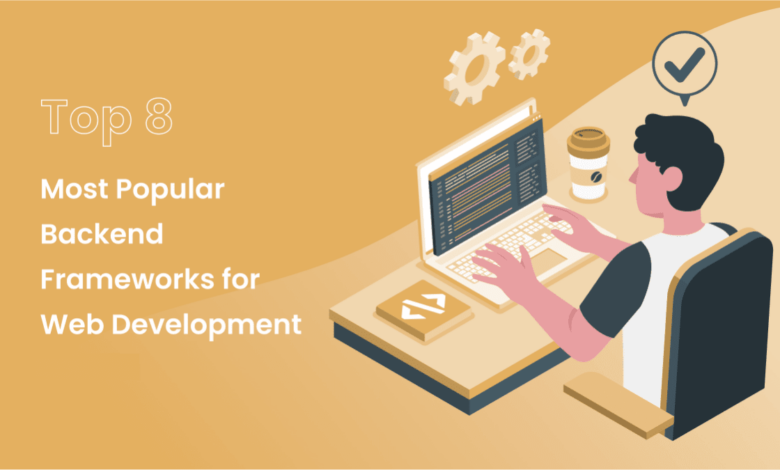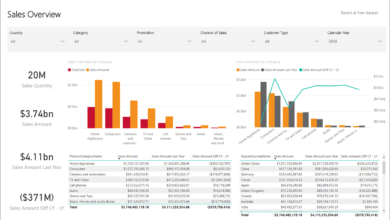8 Best Backend Frameworks for Web Development to Choose in 2024

The tech sector is growing rapidly influencing new trends, technologies, and tools for web development. Backend frameworks form the base of any strong web application; they provide the necessary elements and functionalities for the server-side development. Consequently, the selection of the proper backend framework can lead not only to improved efficiency but also improved performance, as well as the ease of scalability.
In this article, we will look at the top 8 backend frameworks that have become game-changers for the developers, making sure that your web applications are ahead of technology and user experience. Whether you are developing simple applications or sophisticated system-wide enterprise solutions, these frameworks are loaded with enormous features to enable you to meet your development needs.
Regardless, whether you hire a web development company in India or have an in-house team, a comprehensive knowledge of the best backend frameworks will most certainly aid you in taking smart moves.
Benefits of backend frameworks
Backend frameworks play an essential role in ensuring that the development process becomes simplified, providing a standardized scenery in which code can be reused and maintained conveniently. They are already bundled with libraries for different tasks; this implies that in a short time, a number of extensive features such as user authentication, db interrelation and session management can be implemented in a safe way.
The key advantage of choosing a powerful backend framework is that it minimizes development time which is a core necessity for companies seeking to launch their apps into the market fast. Besides, such frameworks are accompanied by a supportive community and vast documentation that must be one of the greatest assists in troubleshooting and in advanced development skills.
Let’s jump right into the ranking of the leading 8 backend technologies for web development in 2024. Even when it is about going for website development packages, knowledge of the backend frameworks is helpful.
Node.js
Developers prefer Node.js because of its excellent data processing capabilities. It is an open-source cross-platform runtime environment that supports server-side scripting in JavaScript. This implies that nowadays developers can create complete full-stack projects from a single programming language, reducing development significantly.
In the case of Node.js, there is also an opportunity for asynchronous programming, which makes it very effective for a large number of requests at the same time, and this issue is relevant nowadays. It also has a wide variety of modules and packages that can be accessed through its package manager, npm, to which you can conveniently add extra functionality to your application.
Django
Django is a Python web framework developed based on the MTV architectural pattern. It comes with a suite of powerful tools that simplifies the development process, hence making it easy to create a comprehensive and data-driven web application.
The built-in admin interface of Django is one of its leading advantages that allow developers to arrange their data without coding extensively. It also offers authentication and authorization functionality out of the box, so it is a safe and dependable solution for web development.
Ruby on Rails
Ruby on Rails is a widely used open source framework for web development based on the MVC architectural model. It promotes a “convention over configuration” design approach where the developers can write less code with di scenarios available while focusing more on building the application’s features than configuring settings.
The most notable aspect of Ruby on Rails is its inbuilt testing framework that allows for easy tests and insurance of robust functionality of the code. It also has a very active community and very extensive documentation, which is in turn a very friendly approach, to users both experienced and novice.
Express.js
Express.js represents a minimalistic web framework for Node.js that has a minimal overhead and provides full control over the web application. It implements the MVC architectural pattern and provides a server-side environment for developing web applications using JavaScript.
One of the key advantages that Express.js offers is that its middleware functionality can be customized, allowing the developer to build extra features and enhance the framework itself. It also has a mature library of libraries and tools that are highly sought after for creating high-performance yet scalable web applications. Besides, Express.js is ever-improving and always brings new innovations, which is why the developers should consider it as one of the variants.
Flask
Flask is a Python micro web framework. Its simplicity and minimalism make it a great option for designing medium and small-sized web applications such as prototypes. Just as Express.js does, Flask provides configurable middleware alternatives and a default development server for verifying.
The extension library in Flask is huge, which provides add-ons for various parameters like the database, online form validation, and the verification for user authentication. It is also portable and agile, wherein a developer can select and tap into just the modules he needs for his specific enterprise.
Spring Boot:
Spring Boot is an open source, Java-based web application framework that is geared towards creating highly productive, standalone, production quality applications. It adheres to the “convention over configuration” principle and offers various other functionalities like auto-configuration, dependency, and injection and built-in testing support.
A key strength of Spring Boot is how it doesn’t just minimize the redundant code or speed up the time of development, but it also simplifies it. Second, it possesses an active and vibrant community, which makes it easier to find support and resources for troubleshooting and learning.
NestJs:
NestJS is a framework that allows developers to write efficient Node.js applications in a modular and extensible architecture. It takes inspiration from the architecture of Angular and uses TypeScript but is widely used for full-stack JavaScript development.
NestJS includes built-in support for needs like HTTP servers, dependency injection, database integration, etc. It also promotes a vibrant community and many third-party modules and libraries for enhancing its functions.
Koa.js:
This minimalistic web framework created by the same people who developed Express.js, has been designed to be simple, part-based and adaptable. Koa.js adopts the ES6 async/await syntax and allows using async functions to write asynchronous code more smoothly and with fewer bugs.
Koa also has the middleware system through which developers can override the request-response cycle with their own functions. It is an outstanding option for developing APIs and microservices, as well as for cost-effective projects.
In summary, Server-side applications with Node.js are commonly built using Spring Boot, NestJS and Koa.js. All these frameworks provide different benefits and features; hence, it is essential to discuss the project’s needs and choose the most appropriate one. With such capable tools in your arsenal, it is very easy for you to develop sturdy and effective applications.



